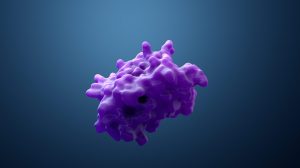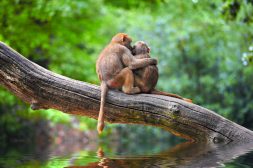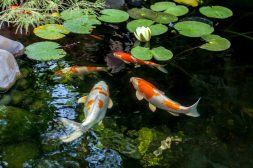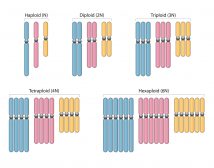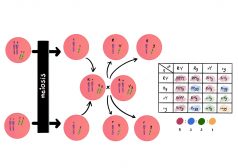Definition
noun
(zoology) Any of the egg-laying mammals belonging to the taxonomic group, Monotremata
Supplement
The class Mammalia pertains to any of the endothermic vertebrates identifiable by the following characteristics: a neocortex, three middle ear bones, a lower jaw made of a single bone, a hairy body covering, a thoracic diaphragm, a four-chambered heart, and females that are mostly viviparous. This taxonomic class can be subdivided into three: (1) Placentalia (placentals), (2) Monotremata (monotremes), and (3) Marsupialia (marsupials).
Monotremata is a subdivision of the class Mammalia characterized primarily by laying eggs rather than giving birth to live young. Mammals belonging to this group are commonly referred to as monotremes. The monotremes are a very unusual type of animal. There are only two kinds of monotremes in the world, echidnas and platypuses, and both of them live in Australia, Tasmania, and New Guinea.
The monotremes are generally considered to be a more primitive kind of mammal. They are warm-blooded, have fur, and produce milk to feed their young just like all mammals. The thing that is different about them is that they lay eggs instead of bearing live young. Some parts of their skeletons are more similar to a reptile than to a mammal.
More primitive kinds of mammals such as monotremes would generally have been expected to be outcompeted when more advanced mammals like the placentals evolved; but Australia became an island when it split away from what is now Antarctica millions of years ago. It contained no advanced mammals at that time, and its island isolation prevented advanced placental mammals from finding their way there. With no competition from other mammals, the monotremes survived. It is for this same reason that Australia contains so many marsupials, which are also considered to be a more primitive kind of mammal.
Word origin: Greek monos (one) + trema (hole, i.e. referring to the cloaca)
Scientific classification:
- Kingdom: Animalia
- Phylum: Chordata
- Clade: Synapsida
- Class: Mammalia
- Subclass: Yinotheria
- Infraclass: Australosphenida
- Order: Monotremata C.L. Bonaparte, 1837
See also:

